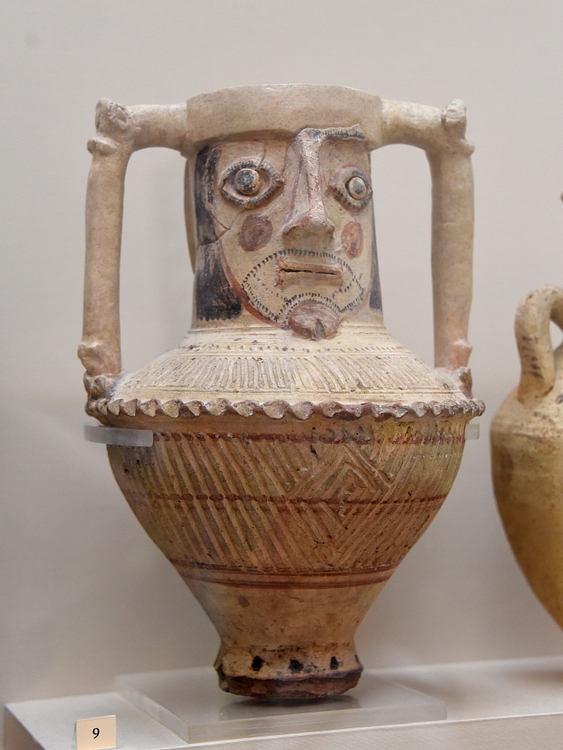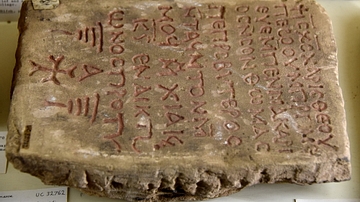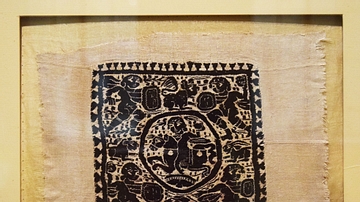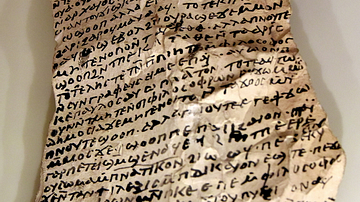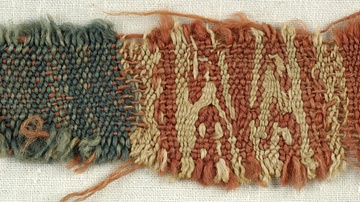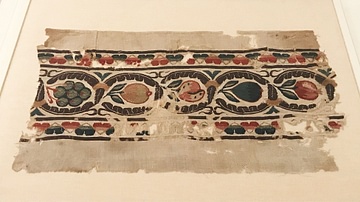Illustration
The settlement and monastery at Wadi Sarga were excavated in 1919 by the Byzantine Research Fund. This jug has a large human face on either side, formed from a molded clay, with incised and painted details. Coptic, 5th to 7th centuries CE. From Wadi Sarga, modern-day Asyut, Egypt. (The British Museum, London).
About the Author
Cite This Work
APA Style
Amin, O. S. M. (2016, September 25). Jug from Wadi Sarga. World History Encyclopedia. Retrieved from https://www.worldhistory.org/image/5713/jug-from-wadi-sarga/
Chicago Style
Amin, Osama Shukir Muhammed. "Jug from Wadi Sarga." World History Encyclopedia. Last modified September 25, 2016. https://www.worldhistory.org/image/5713/jug-from-wadi-sarga/.
MLA Style
Amin, Osama Shukir Muhammed. "Jug from Wadi Sarga." World History Encyclopedia. World History Encyclopedia, 25 Sep 2016, https://www.worldhistory.org/image/5713/jug-from-wadi-sarga/. Web. 01 Jul 2025.

